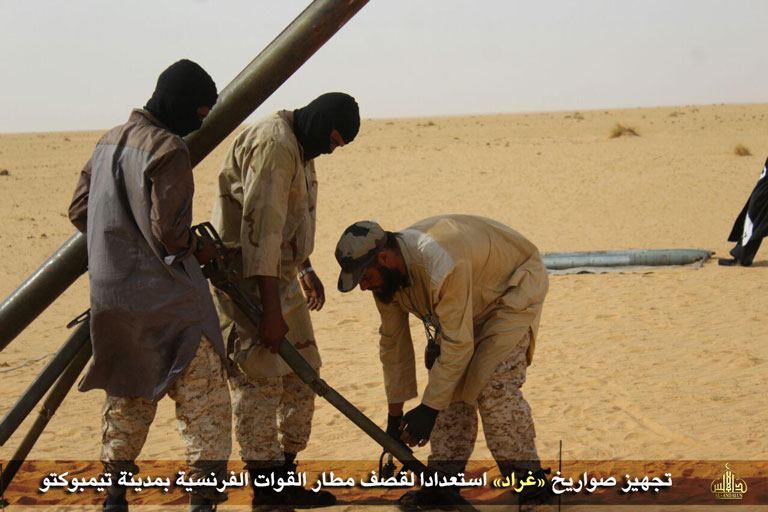
AQIM claims two attacks in northern Mali
The two attacks, including a suicide bombing, targeted foreign bases at airports in northern Mali. Al Qaeda has launched more than 200 attacks in Mali and the neighboring countries in the past year.

The two attacks, including a suicide bombing, targeted foreign bases at airports in northern Mali. Al Qaeda has launched more than 200 attacks in Mali and the neighboring countries in the past year.

Justin Nojan Sullivan has pleaded guilty to terrorism charges, including conspiring with Islamic State operative Junaid Hussain to plan “mass casualty shooting attacks on behalf” of the Islamic State. Hussain, who was killed in an airstrike last year, asked Sullivan to make a video of the attacks and Sullivan agreed. Hussain was one of the Islamic State’s key digital planners.

The Islamic State’s Amaq News Agency claims that its “soldier” carried out the attack at Ohio State University yesterday. The wording is similar to that used after previous claims of responsibility for attacks in both Europe and the US.
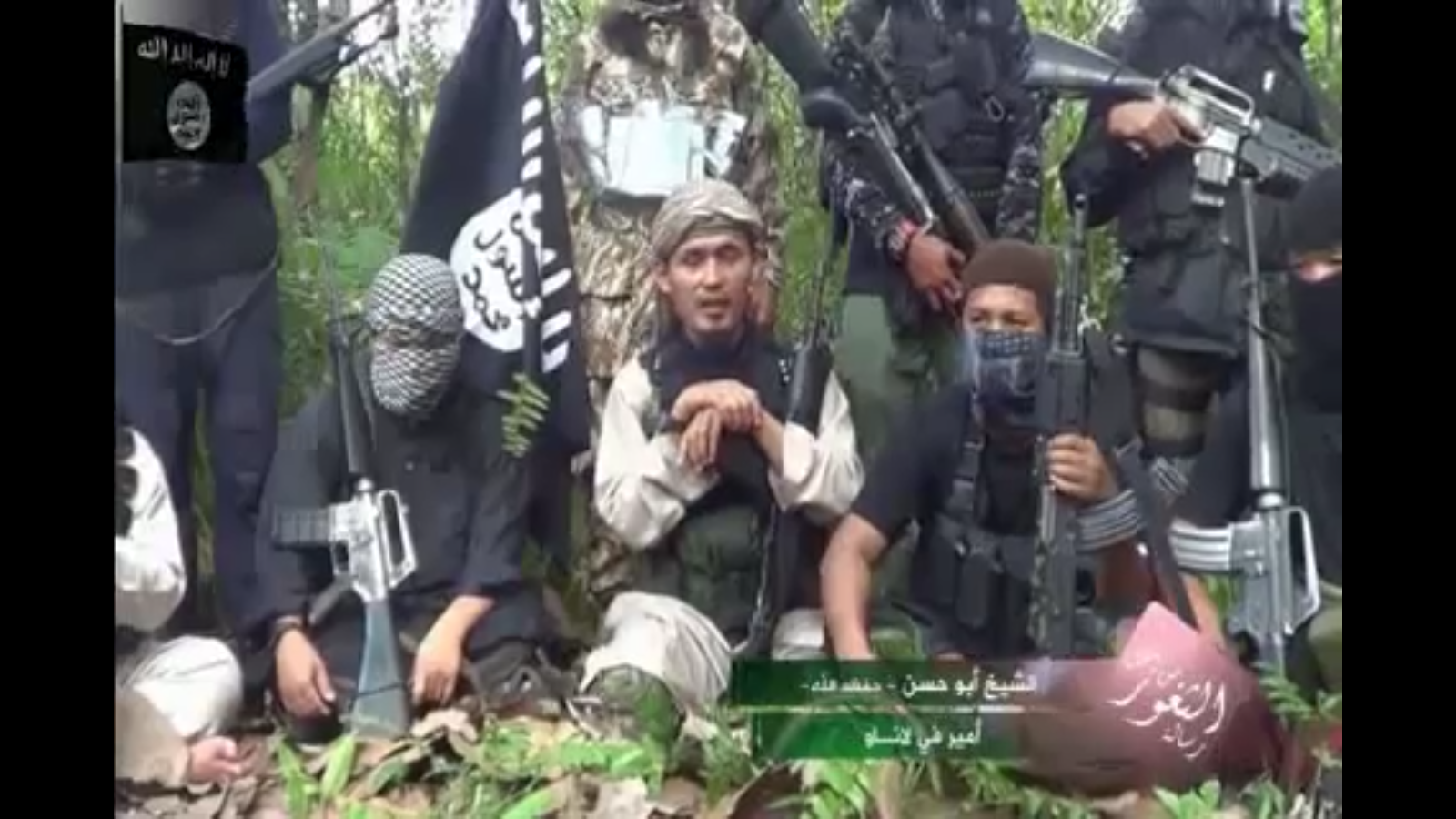
Filipino forces have been battling for control over a southern town after Islamic State-loyal forces captured it last week.

The Taliban said 100 mujahideen have graduated from its Khalid bin Walid Camp and 50 more from its branch, the Abu Dujana Camp. The Taliban claimed that the Khalid bin Walid Camp has 12 branches throughout Afghanistan.
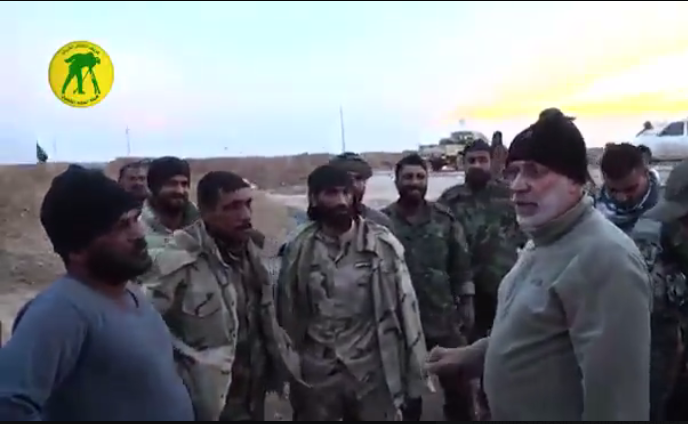
The Iraqi Popular Mobilization Forces (PMF) have announced plans about securing the border with Syria and pushing into the country following the Islamic State’s defeat in Iraq. There are discussions in Western policy circles that PMF’s movement is part of a broader Iranian strategy to establish a land corridor stretching from Iraq to the Mediterranean. However, Iran already exercises freedom of movement via its air bridge to Syria, and is unlikely to risk hard-fought gains for building a sustainable land bridge. Tehran has other plans for Iraq and Syria, in which the PMF plays important roles.
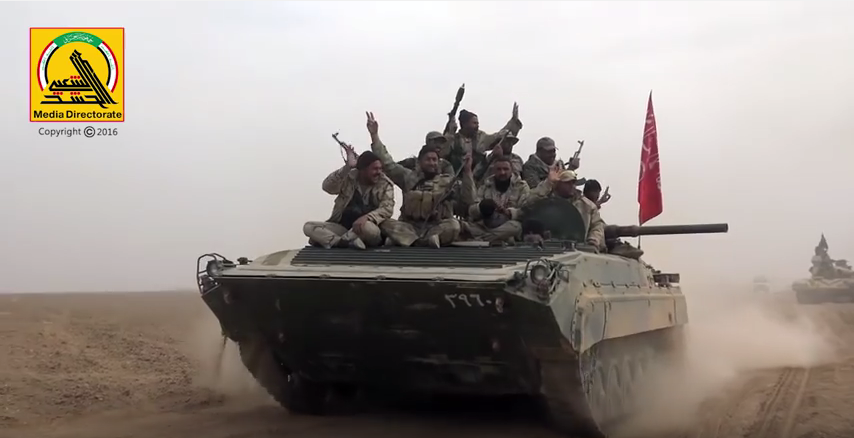
The Popular Mobilization Forces continues to flex its military muscles in Iraq. The PMF has surrounded Tal Afar and has promised it would lead the offensive to retake the city, despite Iraqi and US claims that the group would only operate in rural areas of western Mosul.
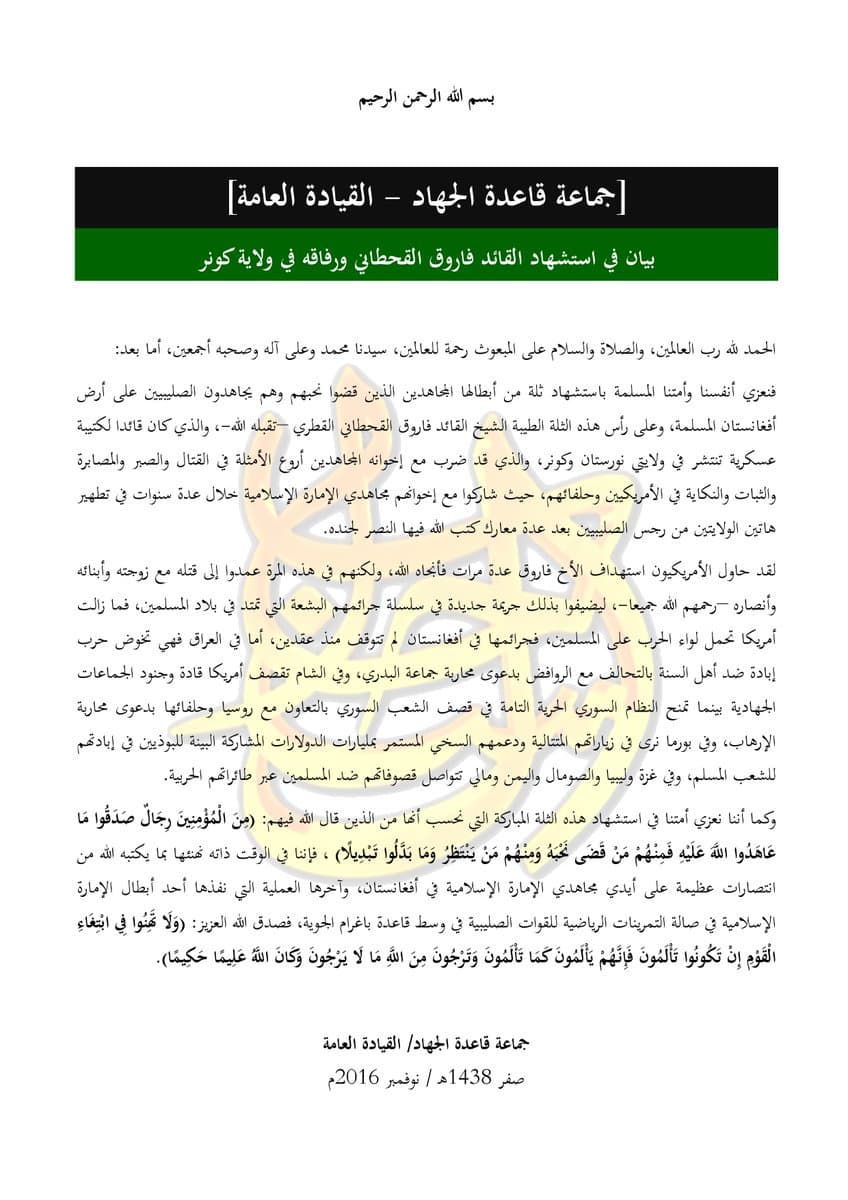
Al Qaeda’s general command has released a statement commenting on the “martyrdom” of Faruq al Qahtani and others. They were killed in an American airstrike on Oct. 23 in Afghanistan. Osama bin Laden’s files show that Qahtani was tasked with establishing new safe havens for al Qaeda in Afghanistan in 2010, if not earlier.

Abdullah Ahmed al Meshedani manages foreign fighters as they enter Iraq and Syria, while Abdelilah Himich and Basil Hassan are planners for the Islamic State’s external operations network.
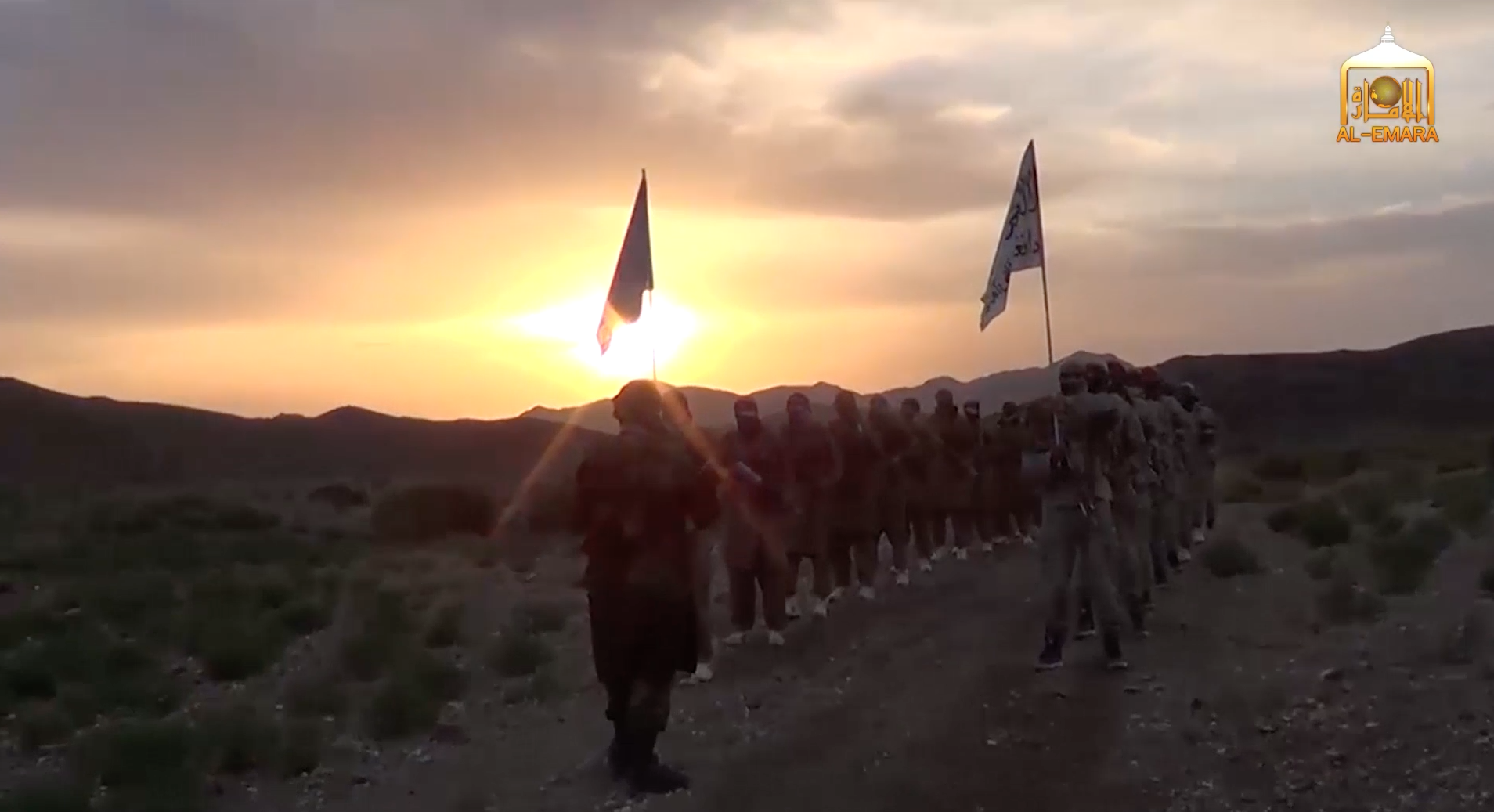
The claim cannot be independently verified, but Ghorak district has been hotly contested and Taliban has overrun it in the past. Security in Kandahar province also appears to be deteriorating.
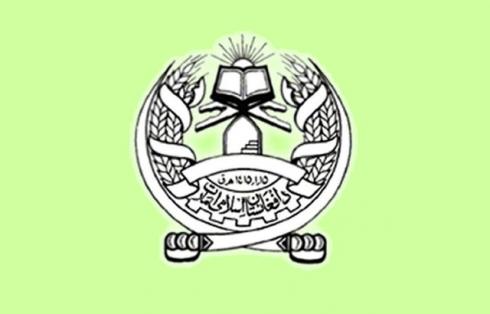
The attack is the second of its kind in the Afghan capital by the Islamic State in the past six weeks.
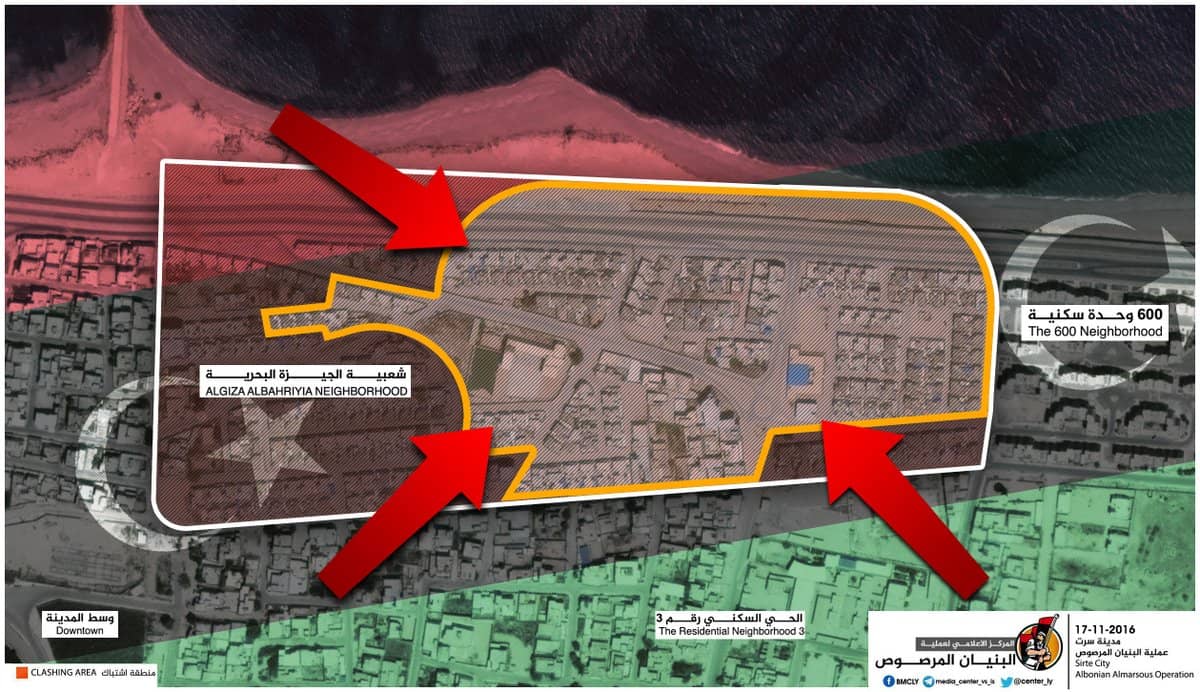
More than six months after a ground offensive was launched to dislodge the Islamic State from Sirte, Libya, the so-called caliphate’s fighters remain holed up inside a few blocks of the city. According to AFRICOM, approximately 200 jihadists are entrenched in their positions.
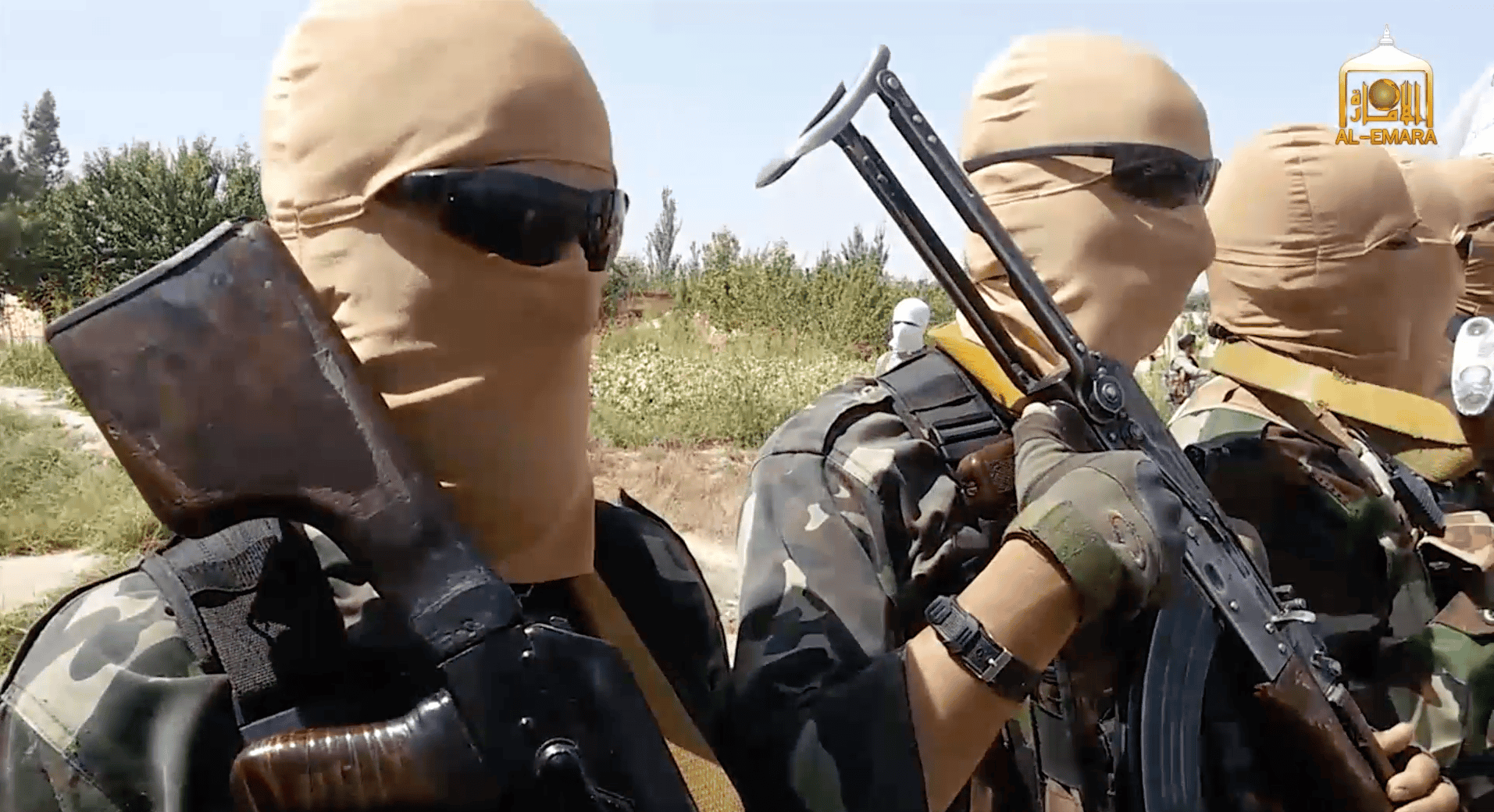
The Taliban denied reports that Mullah Attaullah was killed by police forces. The Afghan government has a spotty track record when reporting on the deaths of Taliban commanders.

Jund al Aqsa, a US and UN designated terrorist organization, was subsumed by al Qaeda’s rebranded Syrian branch in early October. The group had deep ties to al Qaeda’s fundraising network in the Gulf prior to the merger.
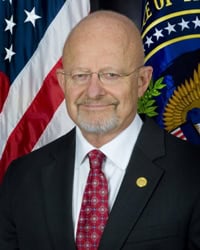
During a congressional hearing earlier today, Director of National Intelligence James Clapper testified that “violent extremism” — that is, jihadism — demands more intelligence collection and analysis now “than at any other point in history.”

The Pentagon says that more than 60 vehicle bombs have been destroyed in airstrikes since the battle for Mosul began in October. The Islamic State claims to have carried out 120 “martyrdom operations,” many utilizing vehicle-borne improvised explosive devices (VBIEDs), during this same timeframe. However, some of these claimed suicide bombings were likely neutralized before they could hit their intended targets.
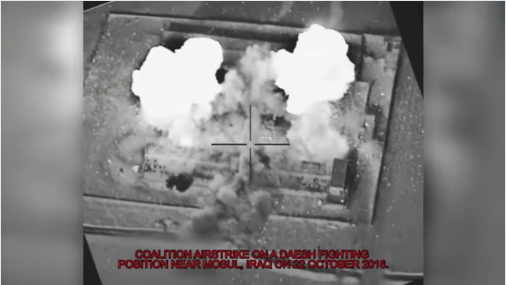
Abd al-Basit al-Iraqi, the Islamic State’s emir of Middle East external networks, was killed in an airstrike in Raqqa, Syria on Nov. 12. Abd al-Basit was involved in plotting “against Americans, Turkish and European targets” in the Middle East, according to Operation Inherent Resolve (OIR) Spokesman Colonel John Dorrian.
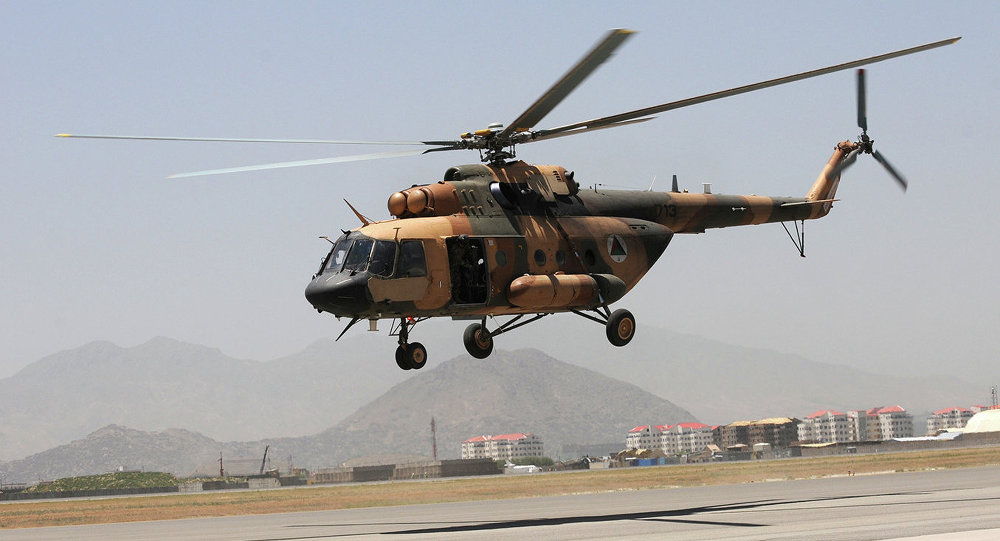
Afghan officials confirmed a helicopter encountered problems in Logar province, but said it “made a hard landing due to technical problems.”

The Taliban suicide bomber who killed two American soldiers and two contractors at Bagram Air Base in Afghanistan’s central province of Parwan on Nov. 12 had joined the Afghan government’s “peace process” and reconciled in 2008.

The Taliban and the Islamic State have issued competing claims for attacks in Afghanistan in the past. The Taliban has had some success in shooting down US and Afghan military helicopters.

The base has been the focus of high-profile Taliban and jihadist attacks in the past. Resolute Support did not say how a Taliban suicide bomber was able to penetrate security at Bagram Air Base.
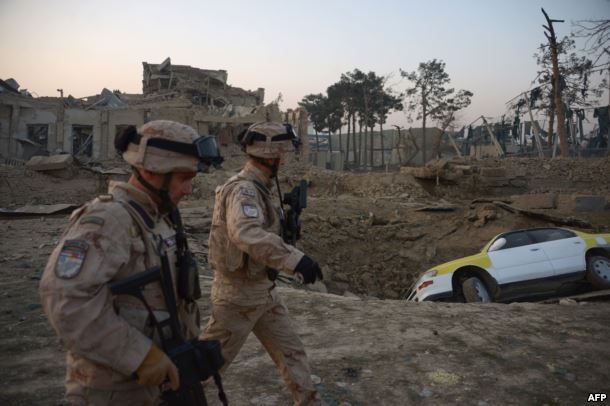
The Taliban claimed that it attacked the German consulate to avenge those killed in an airstrike in Kunduz, but another consulate in Mazar-i-Sharif was targeted in a similar assault earlier this year. That attack highlights the interlinking web of jihadist networks.

The US Treasury Department designated Dr. Abdallah Muhammad al Muhaysini and three other jihadists in Syria today. All four of them have worked for Al Nusrah Front, now known as Jabhat Fath al Sham (JFS), which is al Qaeda’s arm in Syria. Muhaysini claims to be an “independent” cleric, but Treasury says he is part of Al Nusrah’s “inner leadership circle.”
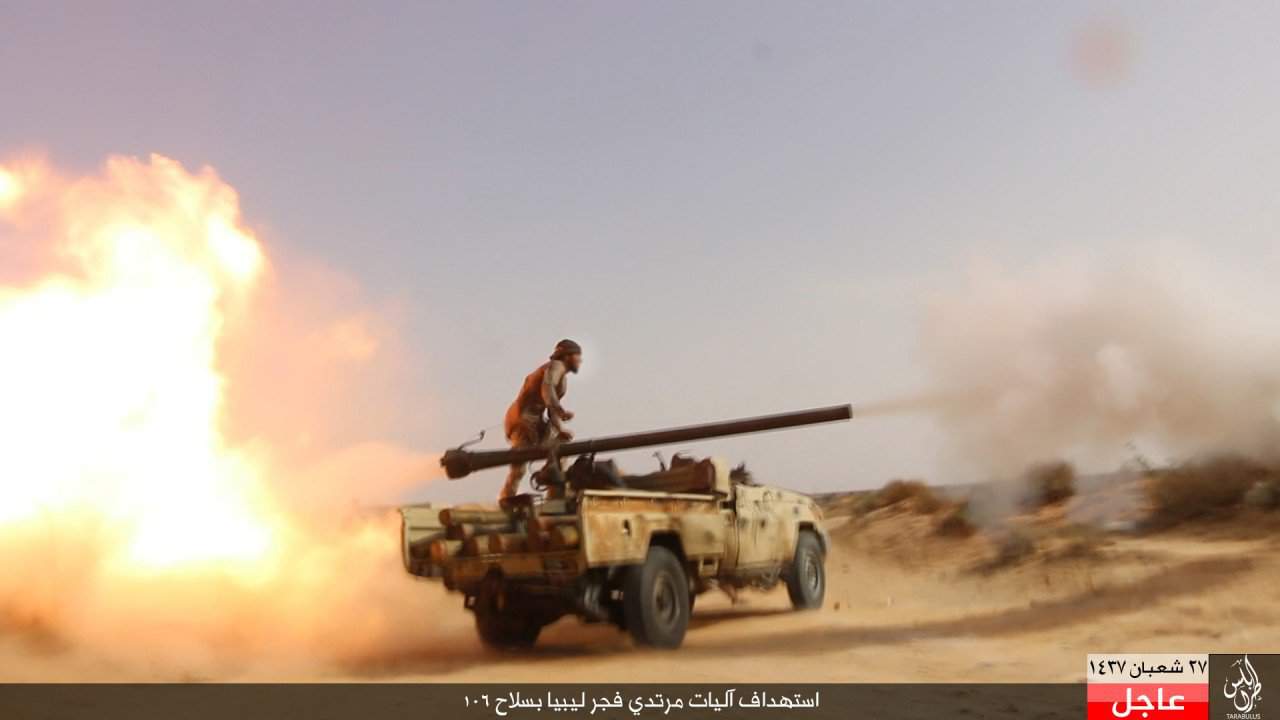
Authorities arrested Aaron Travis Daniels, also known as Harun Muhammad and Abu Yusef, at an airport in Columbus, Ohio yesterday. Daniels allegedly intended to fly to Trinidad and then onto Libya, where he could join the Islamic State. The Department of Justice says Daniels was in contact with an Islamic State “external attack planner” who suggested that he join the jihad in Libya.
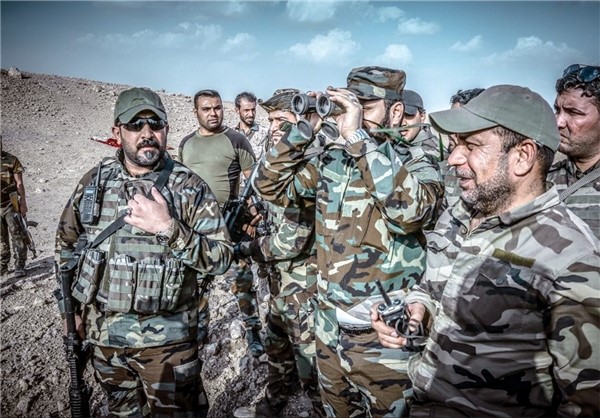
Akram al Kabi, a senior Iraqi militia leader, says IRGC Qods Force chief Qassem Soleimani is in Iraq. Soleimani’s last confirmed sighting was on Oct. 28 in Tehran, Iran.

The total number of al Qaeda-linked attacks in Mali in 2016 now sits at 203.
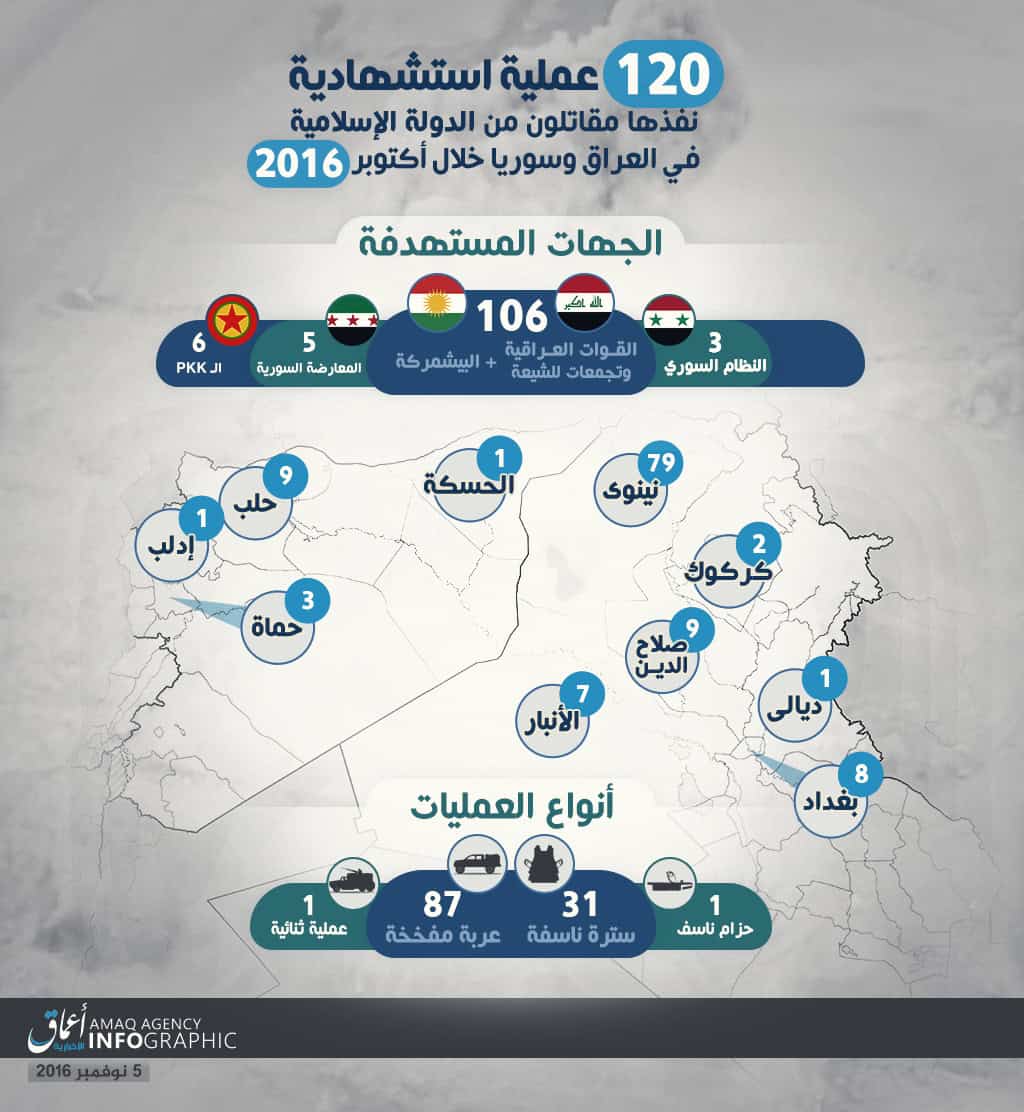
The Islamic State claims to have carried out 120 “martyrdom operations” in Iraq and Syria in October. Seventy-nine (79) of these suicide bombings were purportedly launched around the city of Mosul. The so-called caliphate has claimed 902 “martyrdom operations” in Iraq, Libya and Syria during the first ten months of 2016. If accurate, then the group is carrying out suicide attacks at a historically high rate.
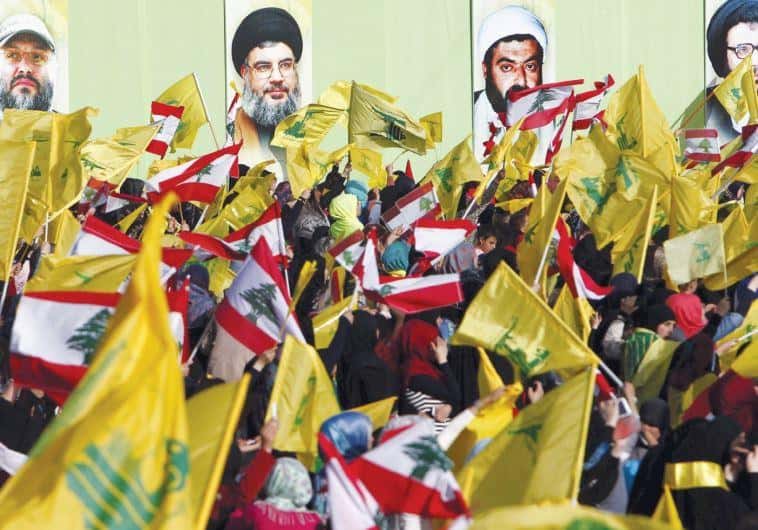
Video surfaced of Hezbollah fighters training Iraqi Shiite militants near Mosul this week. They are not wearing their militia’s insignia, but their distinct southern Lebanese accents betray their membership in the Lebanon-based Iranian proxy group.

The al Qaeda branch executes several alleged spies for regional and French forces.
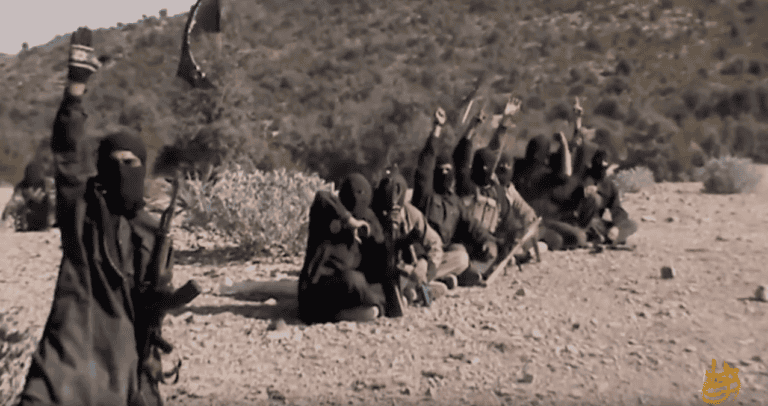
The Pentagon confirmed today that Faruq al Qatani, a senior al Qaeda leader, was killed in an airstrike in Afghanistan on Oct. 23. Qatani was suspected of planning attacks against the US. He established safe havens for al Qaeda in Afghanistan several years ago and also worked with the Taliban in the insurgency against the Afghan government, US forces and their allies.